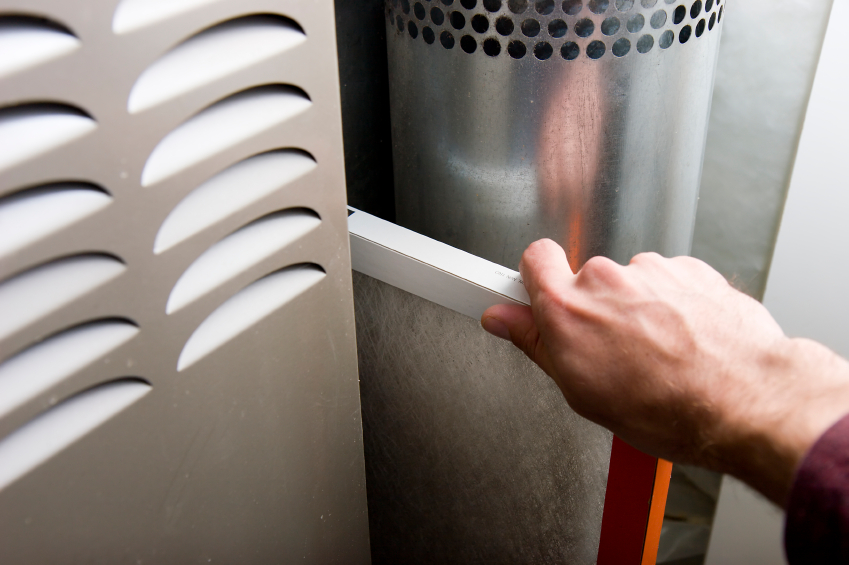The Difference Between Single Stage, Two Stage and Modulating Furnaces
You’re in the market for a new furnace and understand that each furnace is different. Somehow. You’re not sure, other than the fact that each is described differently by the manufacturer, exactly what the differences mean.
 If you don’t work in our industry or haven’t purchased a new furnace in the last 10 years, you probably don’t know what a lot of the jargon manufacturers use means.
If you don’t work in our industry or haven’t purchased a new furnace in the last 10 years, you probably don’t know what a lot of the jargon manufacturers use means.
Maybe the most important jargon revolves around:
- Single stage.
- Two stage.
- Modulating furnaces.
Single stage furnaces
A single stage furnace has two settings.
The thermostat in the house calls for heat, so the furnace comes on. Full power. It will run at full capacity until the thermostat is satisfied, then shut itself off.
This is the cycle, so you get somewhat uneven heat throughout the house. The furnace hits you with blasts of warm air that give you temporary comfort, but doesn’t do a great job of maintaining that comfort. In that way, a single stage furnace is not very energy efficient. But it is the most affordable option to purchase.
Two stage furnaces
The burner in a two stage furnace can run at two different levels. Different burners are programmed differently. But as an example, the burner may be programmed to run at two stages, 60% and 100% capacity.
A two stage furnace is quieter and generates more even heat through the house. The longer, slower heating cycle eliminates the kind of rapid warming that many people find uncomfortable from a single stage furnace.
The longer cycle also provides better air filtration, because the air cycles through the furnace air filter more times in a day. Air quality is significantly improved in the house if your two stage furnace has a humidifier.
Two stage furnaces give buyers the best balance between cost and value. They are more expensive to purchase initially than a single stage, but run more quietly and efficiently.
Modulating furnaces
 Modulating furnaces run in very precise increments. Some models can run at 40% capacity and increase by .5% if the thermostat calls for it. Because they can manage temperature so precisely in your house, they usually run continuously at a very low setting.
Modulating furnaces run in very precise increments. Some models can run at 40% capacity and increase by .5% if the thermostat calls for it. Because they can manage temperature so precisely in your house, they usually run continuously at a very low setting.
The temperature in every room of the house remains consistent because of this continuous operation. The air isn’t blasting in then settling, then blasting. It’s constantly flowing.
Modulating furnaces can achieve up to 98% efficiency, meaning 98% of the fuel that goes into the system returns as heat. But, being the most efficient and highest performing type of furnace also means they’re the most expensive.
Which furnace is right for you?
There’s a long and tedious formula to determine the best furnace for your family.
The general thought is if you plan to stay in your current home more than 5 years, invest in the modulating furnace. It will pay for itself through savings in around 3.5-5 years, then you’ll have 15 more years or more of ongoing heating savings. If you are unsure, the two stage is a good balance of value to investment. If you are flipping a house or plan to move imminently, a single stage will do the job.
Get in touch with a member of our team to talk over your options today.
